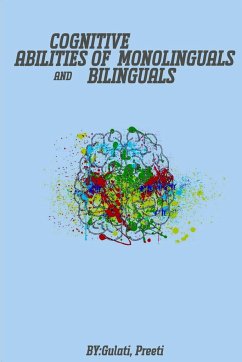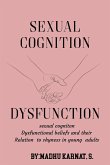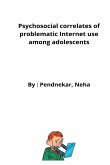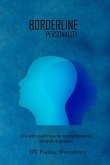INTRODUCTION Man spends a major part of his time in the preparation, production and interpretation of linguistic utterances of diverse kinds. Therefore in-depth study of cognitive processes that control the usage of language constitute an important aspect of research on linguistic relativity. Language and cognition are intimately related disciplines but the exact dynamics of this relationship has been the subject matter for several debates and controversies. Slobin (1987) made it clear through research on narrative production across languages that people come to self realisation of a special kind when they enter into the process of ¿thinking for speaking¿ wherein cognition plays a dynamic role within the framework of linguistic expression. Following the tradition of Aristotle, many philosophers, and more recently psychologists and linguistics have given place of privilege to cognition, in an effort to explain language as a faculty determined by the nature of the human mind. According to Gallagher (2005), ¿language has phenomenological and empirical interpretations i.e. language should be considerably determined by human corporal existence¿. Utterances seldom give a direct reflection of the ¿objective¿ or ¿perceived¿ reality i.e. we hardly have a universal mental representation of the situations around us because each one of them can be described in several ways. This is true both within and across languages. Each one of the natural languages of the world provides a closed set of options for the grammatical encoding of the ways and means to describe various characteristics of objects and events. The process of learning a language is not only to learn the linguistic forms of the language but also to use them appropriately in several contexts. Proficiency in a language does not only mean that one knows what has to be marked and expressed but also to understand as to what shall be inferred by the listeners (Berman and Slobin, 1994). This understanding comes to first language learner over a period of time and by adulthood, they are able to use various language forms to express events and thoughts. Slobin (1991), Slobin, Gerhardt, Kyratzis and Guo (1996) and Berman and Slobin (1994) have argued that various grammatical structures and lexicon of a language provide native speakers of that language not only a medium for the expression of events and thoughts but also the way in which they are expressed. Thus the natives adopt a particular framework of ¿thinking for speaking¿ (Slobin, 1987). So just like the first,








